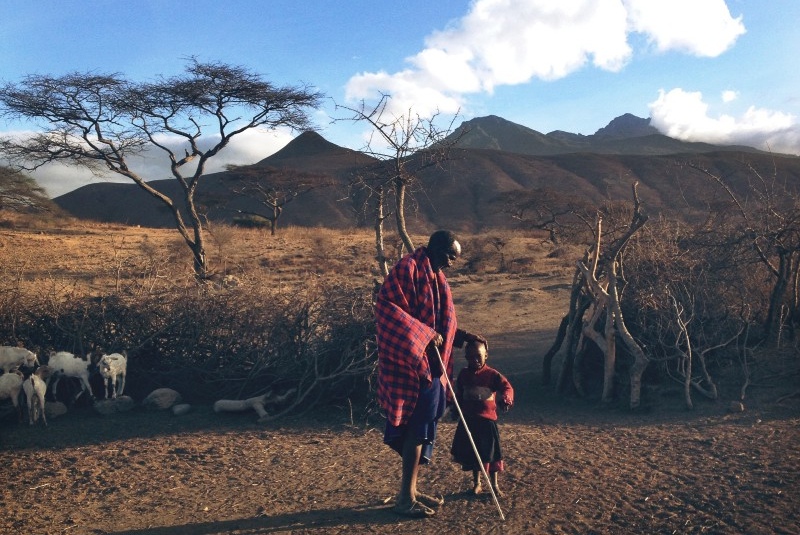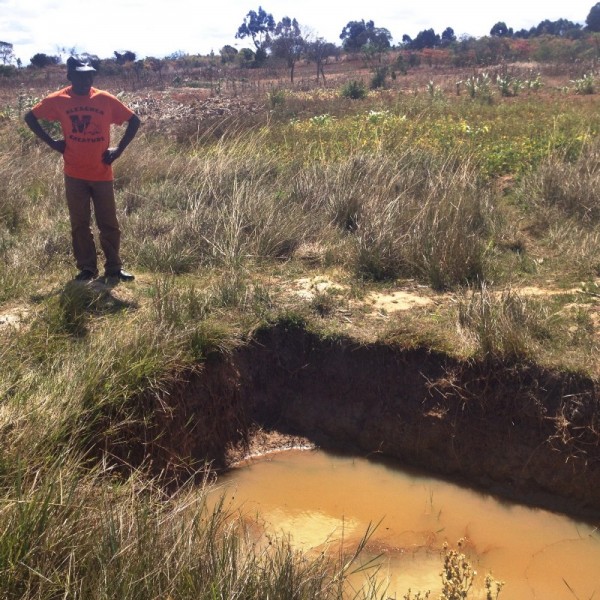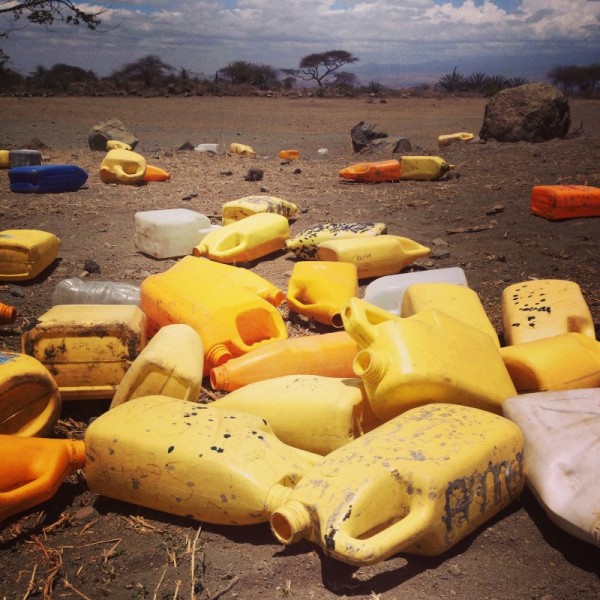In October 2013, I spent 12 days traveling across Tanzania as a New Media Fellow with the International Reporting Project, reporting on how climate change and increasingly variable rainfall are affecting agricultural development in a country where 75% of the population are subsistence farmers.
Inspired by the likes of Kevin Russ and other high-quality iPhone-only photographers, I challenged myself to document the experience using nothing but my iPhone camera, Instagram, and the minimalist editing application Afterlight.


